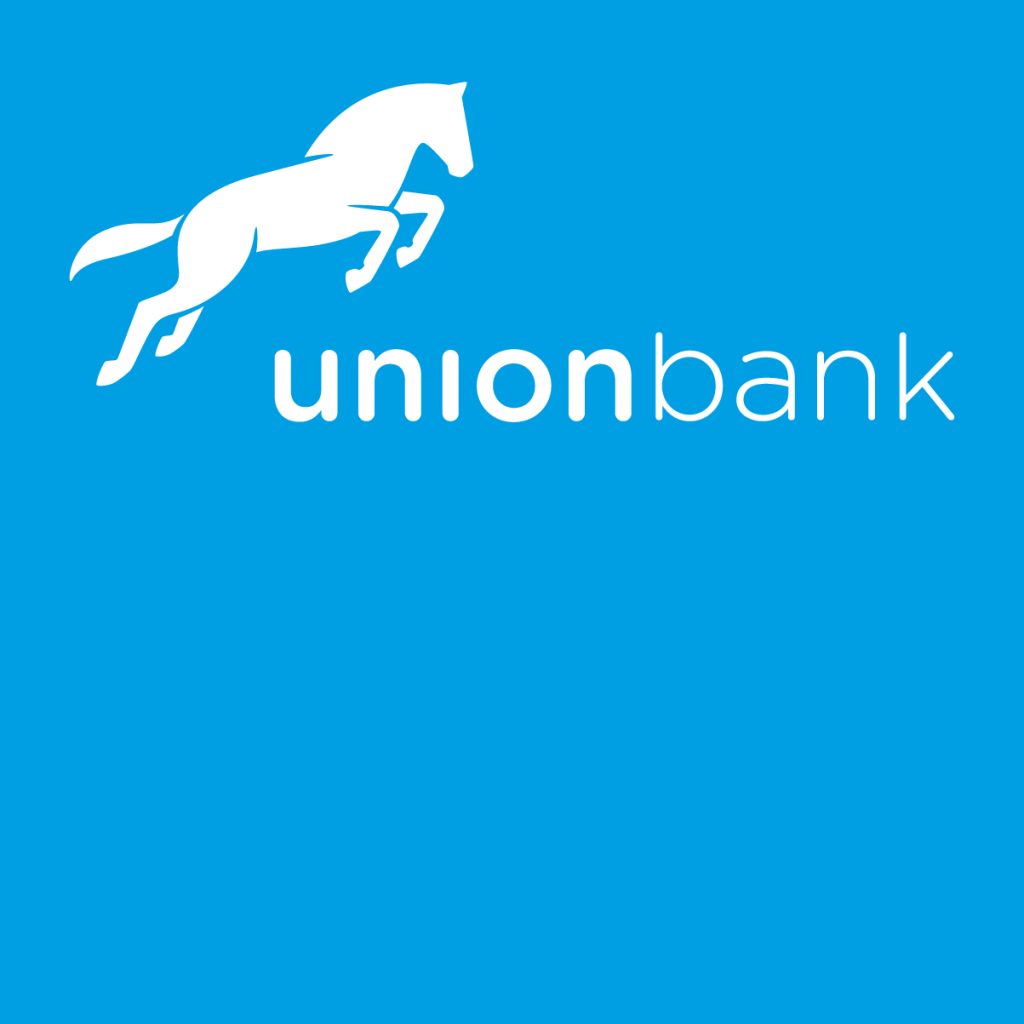 Year-to-Date, YtD, returns of the United Bank for Africa, UBA, had galloped to 3.7 per cent from a zero bottom out just before the announcement of the result last Tuesday, but receded to 2.0 per cent at close of trading yesterday.
Year-to-Date, YtD, returns of the United Bank for Africa, UBA, had galloped to 3.7 per cent from a zero bottom out just before the announcement of the result last Tuesday, but receded to 2.0 per cent at close of trading yesterday.
It is believed the stock was resilient against the general bearish trend in the market in the past one week with yesterday’s closing positions for NSE All Shares Index, ASI, depreciating 3.52 per cent.
Despite the receding bullish sentiment yesterday, UBA stock still remained significantly above NSE ASI’s YtD which closed weaker (-3.69 per cent).
Commenting on yesterday’s trading sentiment, analysts at Greenwich Trust Limited said: “The volatility in the domestic bourse persisted as bearish sentiments overtook proceedings. “Furthermore, investors exited positions across board.
“In the same vein, the market breadth was negative as the number of losers outweighed gainers more than three times over. As a result, the YTD loss increased to 2.7%”.
UBA’s 9M’16 announced Tuesday last week shows improvements in both topline and bottomline with gross earnings and after tax earnings increasing by 8.0 per cent apiece.
The growths exceeded consensus estimates by 2.0 per cent and 7.0 per cent respectively but significantly lower than inflation rate.
A factor in the bottomline was that in other comprehensive income, UBA recognized foreign currency translation gains on its other African subsidiaries of N47.3 billion and revaluation gains on available for sale investments of N21.5 billion bringing the total comprehensive income for the period to N121.1 billion, about 115 per cent growth year-on-year, YoY.
But notably, whilst impairment charges increased by 147 per cent YoY to N9.1 billion due to the huge provisions taken in Q2’16, it declined by 60 per cent quarter-on-quarter, QoQ.
The bank said “the growth in impairment charges was largely on the back of a higher loan book, occasioned majorly by the impact of Naira devaluation of the loan book, since some loans are in foreign currency and thus their value in Naira terms increased, following the devaluation of the Naira”.
The bank further explained: “the impairment charges are largely portfolio impairment charges, which is a prudent impairment/provision made on performing loans as a contingency for unexpected circumstances, which may arise from the uncertain macroeconomic environment. Thus, having made this prudent provisions in the first three quarters of the year, we are optimistic of lower impairments, going forward, especially as there may be write-backs from these prudent provisions when the economy recovers”. The bank also said it has made recoveries from previous provisions it had made on some loans in the third quarter of the year.
Interest expenses at N70.9 billion was under control (-2.8% YoY) leading to 9.75 per cent growth in Net Interest Income. The ratio of interest expenses to interest income scaled back 2.92 percentage points to 38.75 per cent.
Fees and Commission Income grew 18.63 per cent. But this was achieved at hefty cost as Fees and Commission Expenses, at N11.3 billion, jumped 66.7 per cent higher.
Reacting to this situation the bank revealed that the non-interest income growth reflects the bank’s increasing share of customers’ wallet and deepening penetration of the market in Nigeria and across the subsidiaries in other African countries.
It added: “This growth in non-interest income is not at a higher cost to the Group, as you may have observed that the operating expenses of the Group only grew by 7.6% year-on-year in 2016Q3. More so, the growth in operating expenses was due largely to inflationary and exchange rate pressures on the cost of doing business”.
Notably, the ratio of non-interest income to gross income rose 2.41 percentage points.
However, the interplay of receding interest expenses and rising Fees and Commision Expenses brought Cost to Income ratio flat (64.62% or +0.06 percentage points improvement) despite significant rise in income.
The bank also said: “We continue to see room for further improvement in this efficiency ratio, as UBA’s cost-to-income ratio has consistently continue to trend downward in the past three years”.
The bank’s operating income margin is positive and strong at 69% as at 2016Q3, which is also a 150 basis points improvement from the 2015Q3 level of 67.5%.
Notably, the operating income was N183.3 billion as at 2016Q3 on a gross earnings of N265.5 billion, thus translating to a strong positive operating income margin of 69%.
But the Profit Before Tax Margin, PBTM and Profit After Tax Margin, PATM, remained largely unchanged, albeit, marginal decline, despite appreciable increases in the base figures.
There was a huge jump in the bank’s loans to customers at a time most banks are running away from lending due to risks associated with diminished level of economic activities. UBA’s lendings to customers rose 46.7 per cent to N1.5trillion during the period under review.
Aligned to this was a huge growth in customer deposits at N2.5 trillion, a 19.9 per cent indicating increased customer confidence and market share.
However, there was also huge increases in the bank’s borrowings, rising 98 per cent to N257.2 billion.




